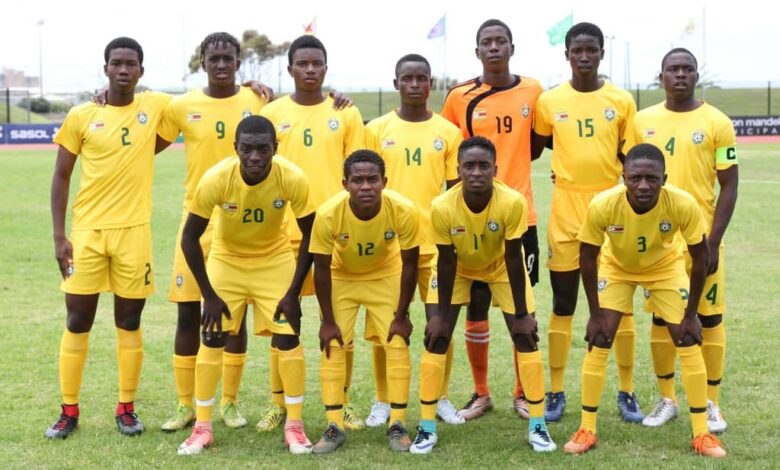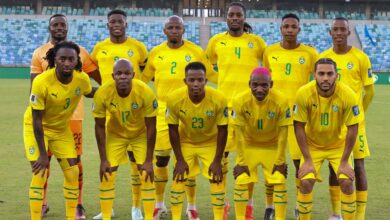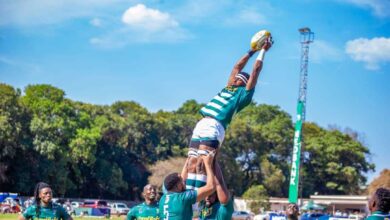MRI scan not 100 percent accurate in determining a players age

The recent disqualification of Zimbabwe, Eswatini, Botswana and the Comoros Islands at the Cosafa under 17 tournament has stirred debate with many asking themselves about how conclusive the MRI scan is in determining the age of a player.
In an interview CAF medical compliance officer Dr Thulani Ngwenya said, “Before MRI was called the MRI for age determination, it is no longer called that because remember we are from different backgrounds with different genes, we grow differently. What the MRI does is it checks the growth plates, if the growth plate is completely fused then it says you are not eligible to play in this tournament it does not say you are older than 17 but it says you are not eligible to play in this tournament, it has nothing to do with age”.
Dr Ngwenya’s remarks put in question the reliability of the MRI scan in the context of certain players with unusual growth patterns being denied the right to participate despite being of the correct age. After being disqualified from the Cosafa tourney the Zimbabwe Football Association has questioned the process with ZIFA claiming that the player that failed the MRI test had been tested at a local facility before the team travelled to South Africa.
In the MRI scans conducted doctors look for bone fusions in the human wrist, which are highly unlikely to occur before the age of 17 with a more than 99% accuracy rate. There is however margin for error as the scan is not 100 percent given that growth patterns differ depending on issues relating to backgrounds and genes.




